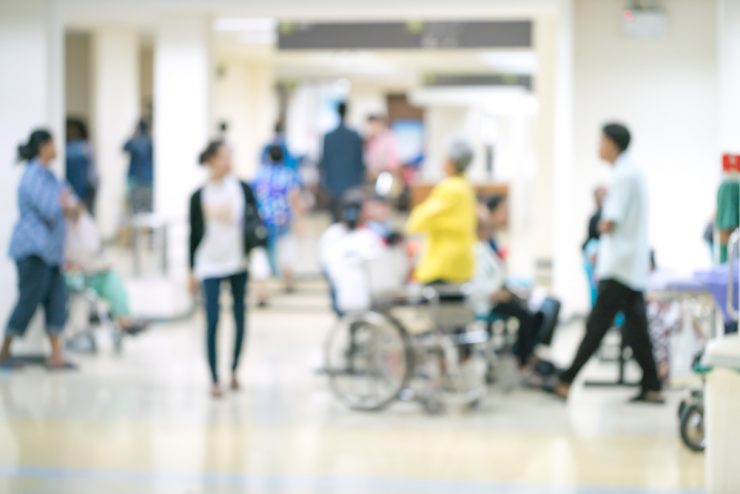Diagnosis
Diagnoses of strokes are done by analyzing brain images. This helps to determine the transient ischaemic attack (TIA) risk. Even though there are obvious physical stroke symptoms, brain imaging is recommended to check whether a haemorrhagic or ischaemic stroke has occurred. It is important as treatment differs with each condition and treating haemorrhagic stroke using ischaemic stroke methods shall worsen the condition.
CT and MRI scans
CT and MRI scan are the two commonly used methods for imaging of brain. CT scan is similar to X rays but uses images that are multiple to build a detailed brain picture which is three dimensional. Radio waves and strong magnetic field are used in case of MRI scan which produces detailed picture of internal part in the body
Other tests
Different tests can also be carried to check the causes of the stroke. This includes:
Blood pressure test,
Blood tests to check factors like cholesterol level, diabetic and glucose level,
Echocardiogram, which is a heart image which is produced by using waves of sound.
Treatment
Ischaemic strokes
Treatment of Ischaemic strokes involves ‘clot busting’ medicine known as alteplase. This dissolves clots of blood. It is effective if used within the initial three hours once the stroke occurs. The medicine is of no use after the stipulated time. Aspirin can also be recommended as it makes blood cells called as platelets, little sticky, decreasing the chances of any blood clots in future. Anti platelet medications are also recommended in case aspirin causes any allergy.
Anticoagulants:
Additional medication known as anticoagulant may also be recommended. Similar to aspirin, anticoagulants also prevents clots in blood by changing bloods chemical composition in a way that it prevents clots. Warfarin and herapin are two anticoagulants used commonly. People with irregular heart beats are mostly prescribed with anticoagulants.
Blood pressure: Medication is given to lower your blood pressure in case it is high. Below mentioned are two commonly used medicines:
Thiazide diuretic – it reduces the water quantity in the body and blood vessels are widened, which in turn reduces the blood pressure
Angiotensin converting enzyme (ACE) inhibitors, widens blood vessels and decreases blood pressure
Statins:
This medication is recommended if cholesterol levels are very high. It blocks the enzyme in the liver that produces cholesterol reducing cholesterol levels in blood.
Carotidstenosis:
By blocking the carotid artery at times ischaemic strokes occurs. This blockage is called as carotid stenosis and is caused by collection of fatty plaques. Surgery can also be performed for unblocking the artery in case carotid stenosis is bad. A surgical technique known as carotid endarterectomy is used, wherein an incision is made in the neck to open the carotid artery and fatty deposits are removed.
Haemorrhagic strokes
Haemorrhagic stroke can be treated with emergency surgery which removes blood from brain and also repair blood vessels which are busted. Surgical procedure called as craniotomy is used for this.
Craniotomy is performed by cutting a tiny section of the skull to give way to surgeon to access the cause of bleeding. The surgeon shall repair damaged blood vessels and also ensure that no blood clots are left which restricts flow of blood to the brain. Once the bleeding has stopped the removed bone piece is replaced in the skull. After craniotomy, ventilator may be provided to you. Medicines like ACE inhibitors are given to reduce the blood pressure and prevent any strokes in future.
Transient ischaemic attack (TIA)
Transient ischaemic attack treatment involves checking the conditions which led to TIA and also prevent any condition which can result in more severe and bigger strokes. TIA treatment shall largely depend on the cause. At least one or combination of the above mentioned medicines will be given. High cholesterol level and high blood pressure shall increase your chances of getting a stroke. A combination of ACE inhibitors and statins will be recommended. Carotid endarterectomy shall be required if there are fatty plaques built up in the carotid artery as it increases the risk factor.













